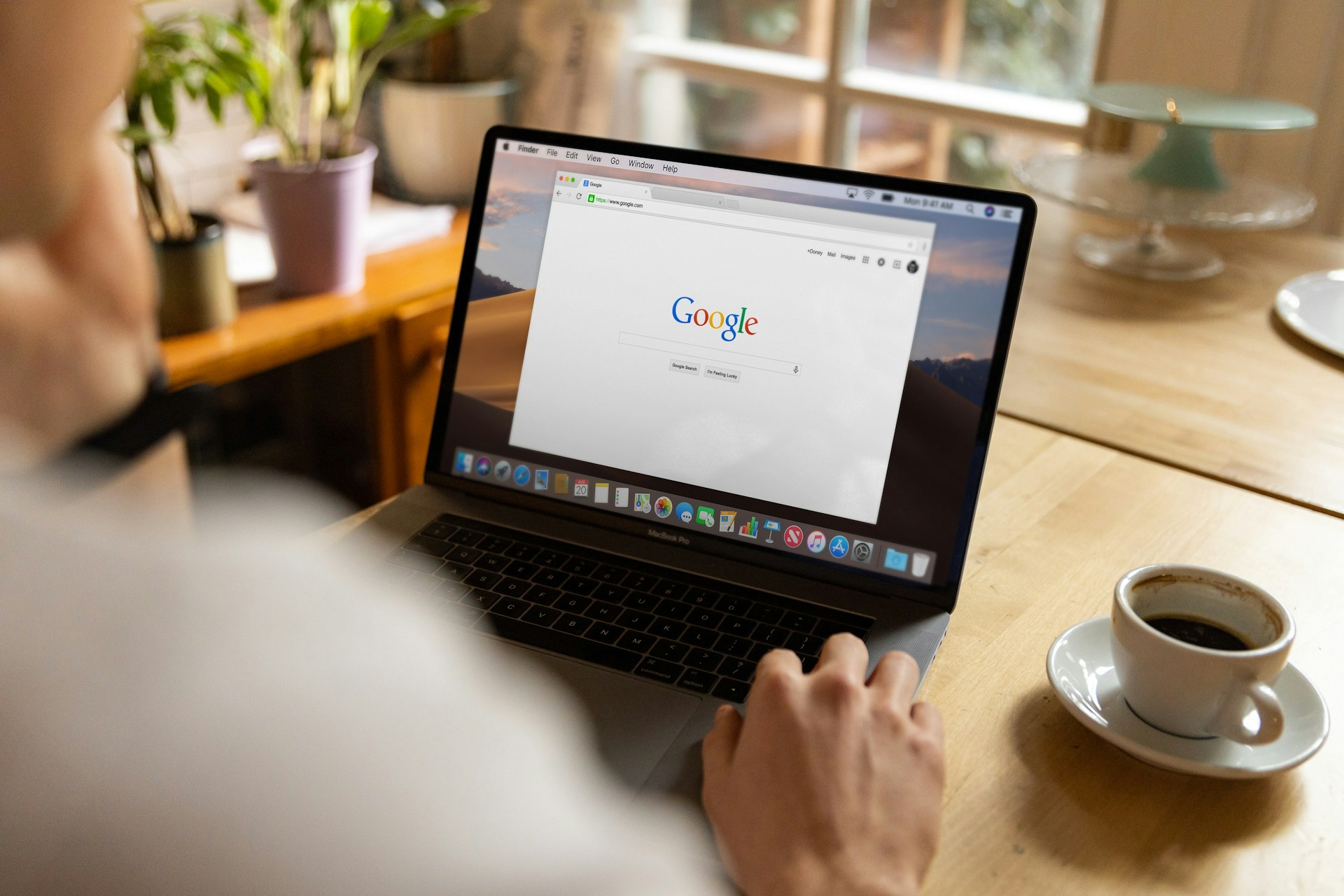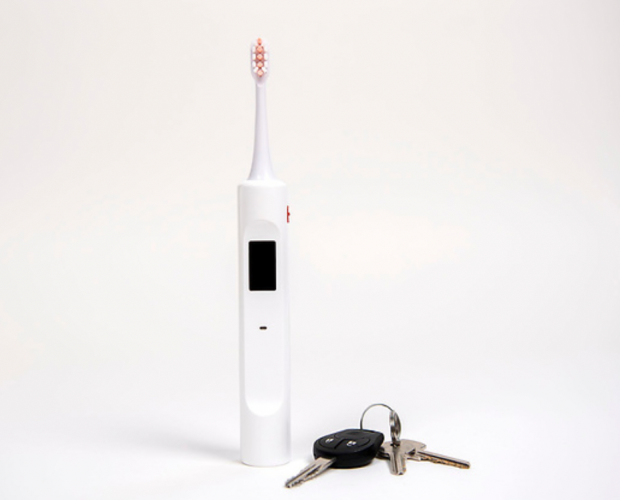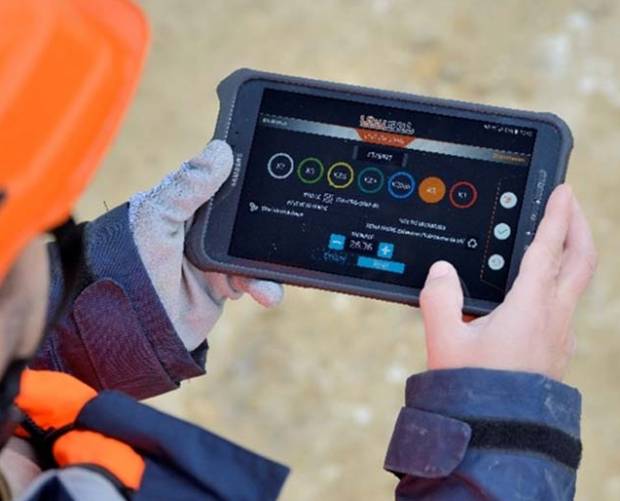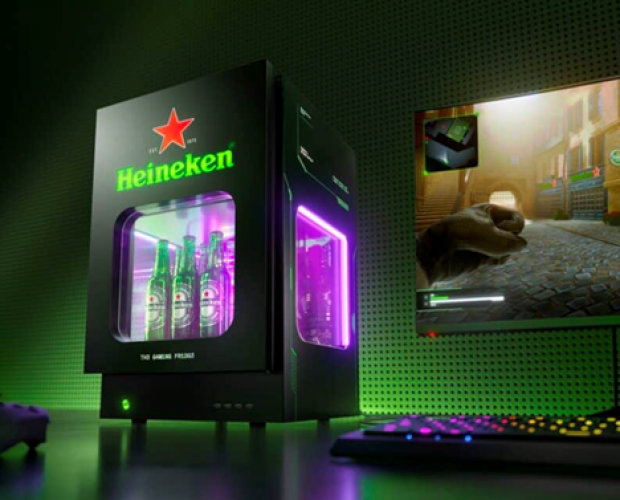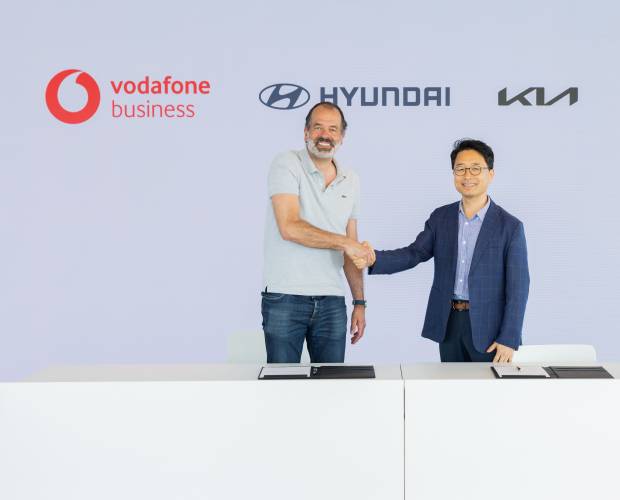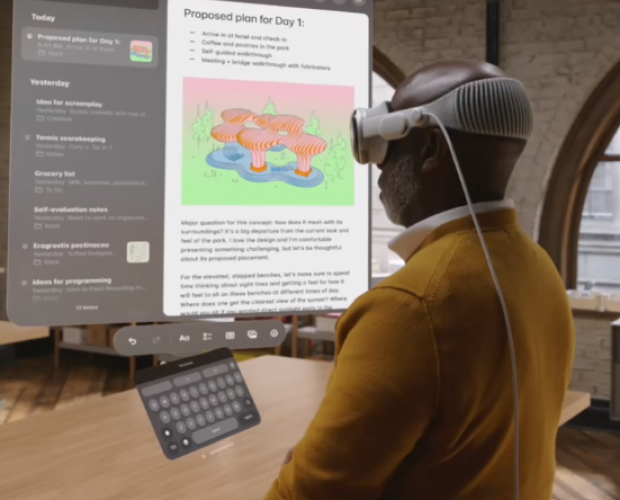With Samsung announcing its folding phone last week, and Huawei unveiling its version at MWC this week, we reached out to gauge industry reaction to the announcements.
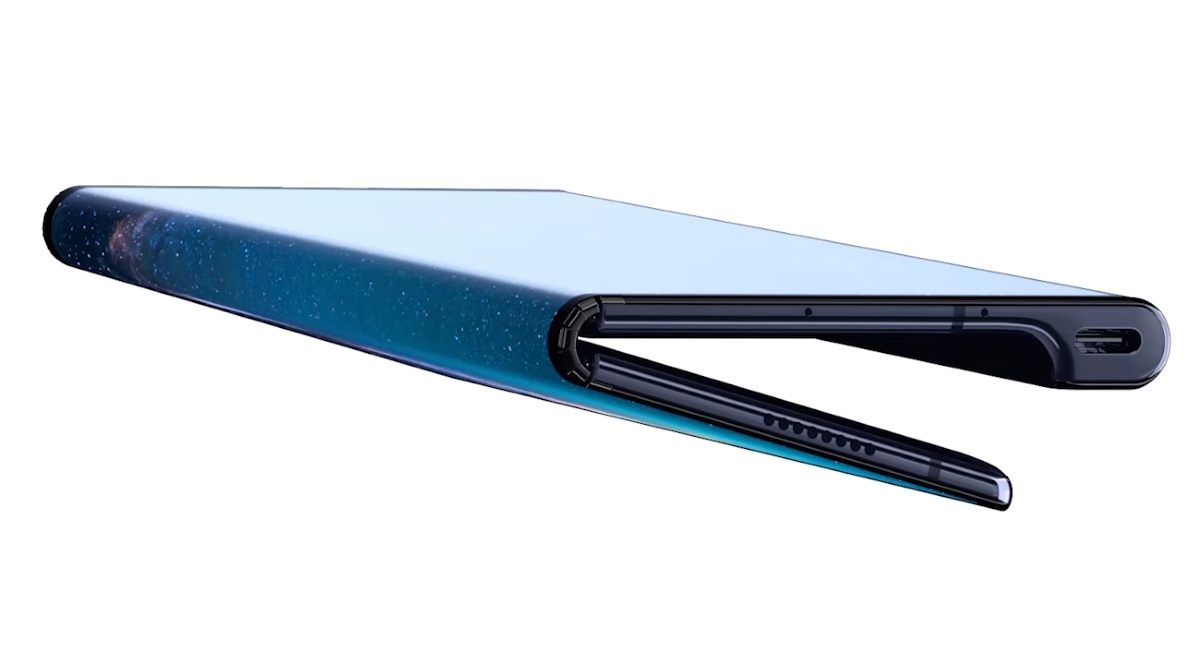
Mike Shaw, VP EMEA at dataxu:
“The new Samsung and Huawei folding phones might just be the perfect combination between what consumers want and what marketers need. With more and more long-form content being consumed on hand-held devices, larger screens can only improve viewing experience. Questions of horizontal vs. vertical video also start to fade, as the foldable screen makes for a wider field of view, improving the user experience.
“For marketers, increased video consumption and screen time leads to a richer source of data, to power hyper-targeted and personalised campaigns. Data is a precious commodity, and these new phones are a stepping stone to delivering even more impactful ad formats to mobile devices”
Yoni Argaman, SVP, marketing and corporate strategy at Fyber:
“What strikes me the most about the new Samsung Galaxy Fold is the screen – a 4.6-inch display when folded up, and 7.3 inches when unfolded. Although they didn’t launch first, Huawei seems to have exceeded this with a 6.6-inch and 6.38-inch phone which fully extends into an 8-inch Android tablet. For mobile marketers, this offers an even greater canvas for creativity, reach, and brand recall.
“Digital has completely transformed the marketing model, and the latest addition to Huawei and Samsung’s oeuvres truly highlights just how much flexibility, and innovation, we can anticipate in the oncoming years. To me, this is also another reason to claim that mobile games will effectively supplant TV as the advertisers’ dream channel. Gamers in particularly will no doubt flock to this new device – the dimensions alone provide a rich interface for exploration and enhanced gaming experience.”
Peter O’Mara Kane, GM international at LoopMe:
“The arrival of folding phones from leading handset providers, Samsung, Huawei and Motorola, is a great opportunity for advertisers. With Samsung’s new 7.3-inch display, marketers have effectively double the screen size to deliver engaging campaigns.
“Folding screens will encourage greater consumption of long-form content, and could promise more screen time. For ad delivery, this means better visualisation of rich creative, longer ad spots and crucially, more opportunities to move the dial on metrics that really matter to them, like brand awareness and intent to buy. The Samsung Galaxy Fold effectively carves out a new territory as something of a tablet-equivalent, but with the same richness of data as a smartphone, which is an exciting opportunity for brands.”
Seth Jackson, CEO and founder of Landmrk:
“With the future roll-out of 5G, the release of the S10 5G, as well as the Samsung and Huawei folding phones, open up new possibilities once closed to experiential marketers. Ultra-reliable and high-speed connectivity, reduced latency and the potential of Edge computing for high quality augmented reality experiences, combined with these devices, is a significant step forward. It brings the exciting experimental work in the 5G testbeds one step closer to reality for marketeers.
“This environment will allow these devices to give us hyper-personalised and seamless digital experiences which can merge with the physical world around us. The ability to connect with vast amounts of real-time data from the world around you (from smart city content to pinpoint location accuracy) to tailor digital content experiences on device means marketers will be able to deliver unique consumer experiences that provide more meaningful interactions and engagements between brands and consumers. Not only does this produce better quality insights for brands, but also increases customer loyalty.”
John Peragine, SVP, global head of video at Rubicon Project:
“The new foldable screens of mobile phones should be welcome news when it comes to video formats. At the moment, 3 to 5-inch screen sizes make mobile a very specific environment for serving video. But as screen size grows, this releases pressure to deliver mobile-specific formats. This news is very appealing to advertisers and creative agencies. The new 7-inch foldable screens effectively expand standard video inventory, allowing for more seamless automation of video ad serving. It’s also worth remembering that growth of this ‘supersize mobile’ environment will expand the availability of in-app inventory. All industry players will need to make sure they keep up efforts to ensure standardized and transparent measurement in this environment if we have expectations of adoption at scale.”
Ben Phillips, VP of strategic accounts at Blis:
“The smartphone market seems to be developing an inverse correlation. At one end of the scale manufacturers are creating cheaper smartphones throughout the year. The Moto e5, for example, is being sold in the UK for around £80, whilst others are pushing the prices at the same frequency. The Samsung Galaxy Fold, available mid-way through this year, eclipses the iPhone XS Max, at full spec cost £1,499, weighing in at a hefty £2000. And now, the latest Huawei Mate X available at a whopping $2,600.
“It should come as no surprise that screens are leading the way in terms of consumer purchase decisions and with 5G looming on the horizon what better way to enjoy full throttle streaming video than by unfurling the device in your pocket to reveal a 7.3-inch AMOLED screen? Year-on-year, content being consumed on mobile increased compared to any other channel, and I am personally looking forward to the opportunities this affords us as an industry, and the advertising formats we are about to be exposed to.”




